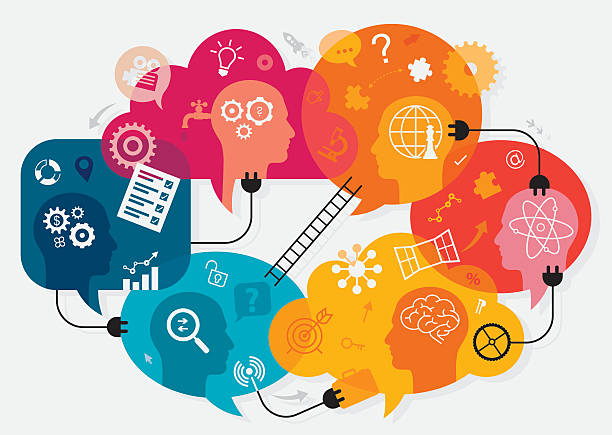In recent years, design thinking has gained popularity. It is a problem-solving methodology that uses empathy, experimentation, and iteration to create effective solutions by putting the user’s needs and experiences first.
Design thinking consists of five distinct phases, each of which plays a critical role in the overall success of the design project. In this blog post, we will explore these five phases of design thinking in detail.
- Empathy
Empathy is the first phase of design thinking. This phase entails putting oneself in the user’s shoes and understanding their needs, challenges, and pain points. Empathy is important because it allows designers to understand the user’s point of view, which is necessary for developing solutions that meet their needs.
During this phase, designers conduct research, interview users, and gather data to gain insights into their behaviours, motivations, and desires. This information is used to create personas, which are fictional representations of users that help designers better understand their needs and behaviours.
- Define
The second phase of design thinking is defining the problem. During this phase, designers analyse the data they have collected during the empathy phase and use it to identify the core problem they are trying to solve. This problem statement serves as the foundation for the rest of the design thinking process.
In this phase, designers also work to establish goals and constraints for the project. It assists in ensuring that the final solution is aligned with the project’s objectives and is feasible to implement.
- Ideate
The ideation phase is where designers generate ideas for potential solutions. Designers use this phase to generate ideas, sketch concepts, and prototype potential solutions. The goal is to generate as many ideas as possible without judging or criticising them.
Once a broad range of ideas has been generated, designers evaluate them based on their feasibility, desirability, and viability. The most promising ideas are refined and further developed, while less promising ideas are discarded.
- Prototype
The fourth phase of design thinking is prototyping. During this phase, designers create a tangible representation of their solution, often using inexpensive materials like paper or cardboard. The prototype is a low-fidelity representation of the final product, which allows designers to test and refine the solution before investing significant time and resources in its development.
Designers also work to identify potential problems and opportunities for improvement. They test and refine the prototype until they are confident it meets the user’s needs and can be implemented effectively.
- Test
The final phase of design thinking is testing. In this phase, designers evaluate the prototype with real users to gather feedback and insights. The goal is to identify any potential usability issues, gauge user reactions, and collect data on how to improve the solution.
Based on feedback, designers refine the prototype further, repeating the testing process until the solution meets the user’s needs and expectations. Once the designers are confident that the solution is effective, they move on to the implementation phase.
Conclusion
Understanding the five phases of design thinking is crucial for developing innovative solutions that meet the user’s needs. Whether you are a designer, marketer, or entrepreneur, incorporating design thinking into your problem-solving methodology can drive growth and innovation. And if you are looking to hone your skills and demonstrate your proficiency in the process, obtaining a design thinking certification can help.
The certificate course can offer comprehensive training and hands-on experience in the five phases of design thinking, as well as opportunities to network and collaborate with other professionals in the field. Moreover, a design thinking certification can make you more marketable to potential employers and clients, as it provides evidence of your skills and knowledge.
So, sign up for a design thinking certification course to establish yourself as an expert in the field and open up new opportunities for career advancement.

















![TamilMV Proxy List Top 30+ [Unblock TamilMV Sites] TamilMV Proxy Unblock](https://technewsgather.com/wp-content/uploads/2023/04/17825836_SL-121019-25870-14-1-100x70.jpg)